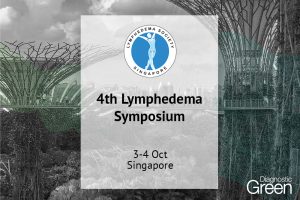Objective: Surgery remains the first line treatment for meningiomas and can benefit from fluorescence-guided surgical techniques such as second-window indocyanine green (SWIG). In the current study, we compared the use of the standard SWIG dose of 5.0 mg/kg relative to 2.5 mg/kg indocyanine green (ICG) in meningioma patients.
Results/discussion: In the current study, we found no significant difference in the SBR of meningiomas in patients that were administered with either 5.0 mg/kg or 2.5 mg/kg ICG. However, in five patients that received the standard-dose SWIG regimen of 5.0 mg/kg ICG we observed dose-related fluorescence quenching – referred to as “inversion” – that interfered with tumor visualization during fluorescence-guided surgery (FGS). When correlated to pre-operative MRI, a similar rim pattern was observed around the primary tumor on T2 FLAIR, which, in retrospect, could be used as a predictor for inversion during FGS in meningioma patients receiving standard-dose ICG.
Conclusion: This study demonstrated that a reduced ICG dose was as effective as standard-dose SWIG in meningioma patients. We therefore recommend to adjust the standard ICG dose for meningioma patients to 2.5 mg/kg particularly when rim enhancement is observed on pre-operative T2 FLAIR.




